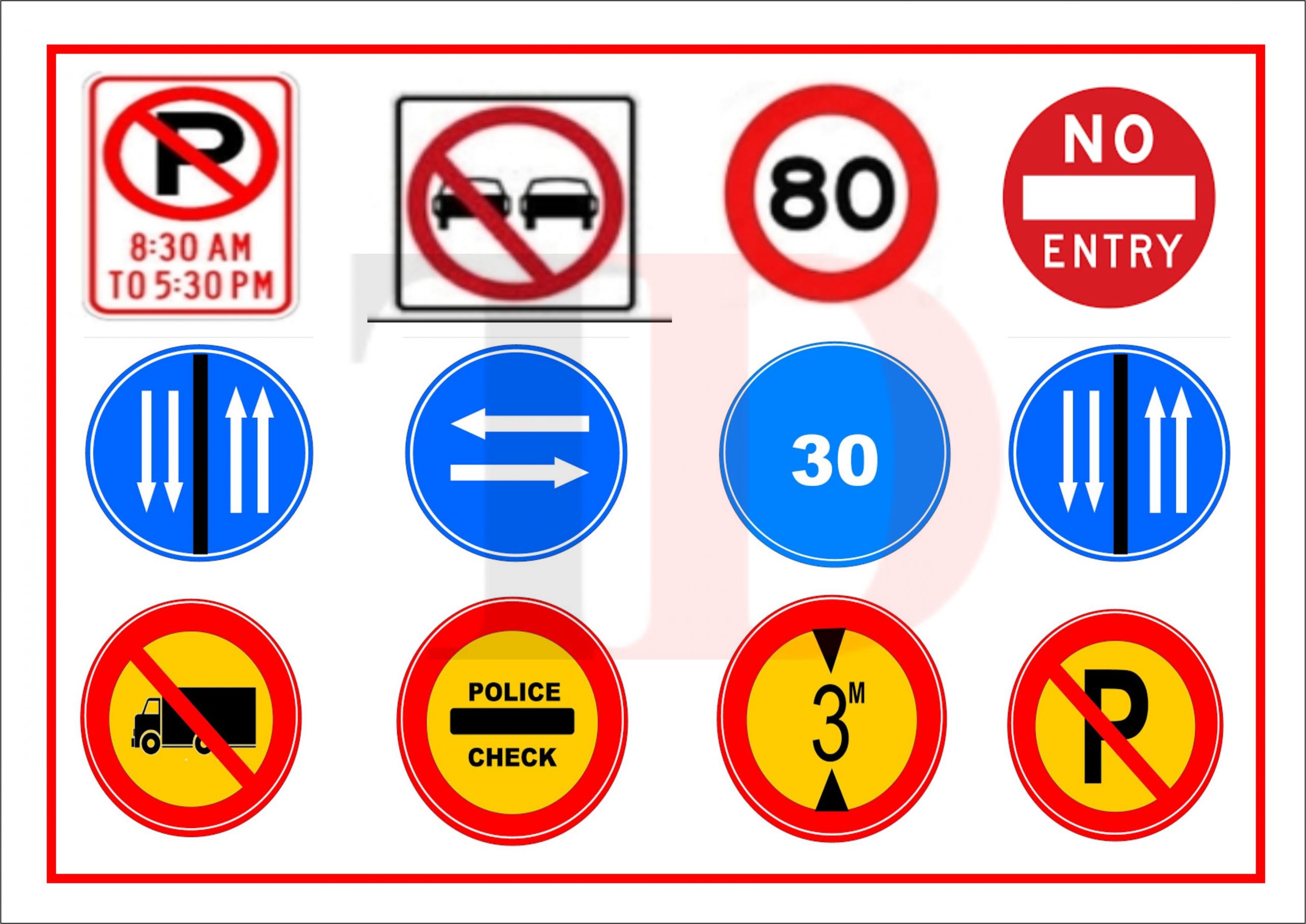Road signs are defined as symbolized, illustrative guidance for road users for safer and more convenient travelling. If you drive a car, ride a bike or walk, you must obey all the Road signs in Nigeria.
Road signs are classified into three main types of road signs based on their primary purposes:
• Regulatory signs
• Warning signs
• Informative signs
Regulatory Signs
Regulatory Signs are mostly circular and are of two types. Those with red & yellow circles are Prohibitive signs.
Those with blue circles but no red border are MANDATORY SIGNS. Regulatory signs are mandatory and should be followed. They are prohibitory or show directions.
Warning Signs
Warning Signs are usually triangular, with a red perimeter. Warning signs inform you of road dangers ahead. Neglecting this kind of sign can put your life at risk. The only warning sign with an inverted triangle means YIELD or GIVE way.
Informative signs.
They are usually rectangular and provide guidance information.
Informative signs inform of specific places, road conditions, road construction sites or speed limits for particular areas.
The common traffic signs in Nigeria from all categories are covered in this post.
REGULATORY ROAD SIGNS (Prohibitory)
Stop sign
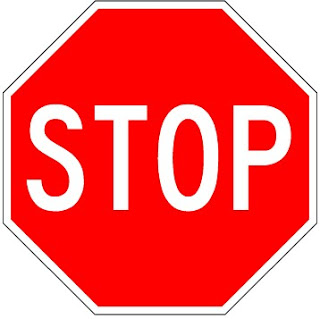
Stop signs alert drivers to intersections and other areas where traffic may be travelling in opposite or crossing directions.
Stop signs are likely the most iconic of all traffic signs. The shape and colour are essential to recognizing and understanding a stop sign.
Yield sign

The yield sign is similar to stop signs but used in less dangerous situations. These signs are used at passive cross streets or traffic circles. Yield signs help to keep traffic flowing while allowing drivers from different directions to pass through.
No Parking Sign
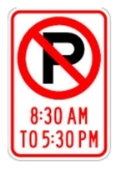
With No Parking Signs, it informs drivers that they can’t park in specific locations in the parking lot at the specified time. No Parking Signs alert drivers to clear all fire lanes, loading zones, and emergency vehicle zones.
No Entry

This sign indicates that there is no admittance to unauthorized personnel, usually shown as a red circle with a white rectangle across its face. It is often used for one-way traffic.
No Left Turn Sign
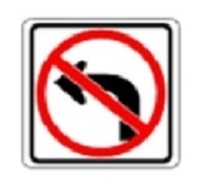
The no-left turn sign is a turn prohibition sign designed to prevent an accident by informing drivers that turning left is prohibited.
No Right Turn Sign
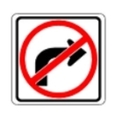
No Right Turn Sign is designed with a circular prohibition symbol to communicate that turning right at the intersection or junction is not permitted. They are often used at intersections or crossings where it may not be safe to do a right turn.
No U-Turn Sign
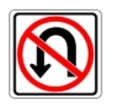
This road sign prohibits U-turns. You can make a left turn at this intersection, but making a complete turn to go in the opposite direction is not allowed.
No Overtaking
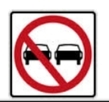
The no overtaking road sign is circular with a red border, meaning it gives drivers an order. As the no-overtaking sign is regulatory, it is illegal to overtake. The no overtaking restriction ends when the lines in the road change from a continuous white line to a broken line.
Width restriction Sign
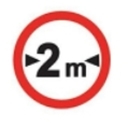
This sign indicates that there are restrictions for vehicles of a particular width on a road, street or approach to a bridge. The aim is to limit the size and weight of vehicles that use the road.
Load restriction sign
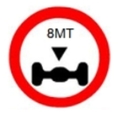
This sign indicates that a vehicle weighing more than 5 tonnes cannot use the road further as there may be a bridge, which cannot bear the weight beyond 5 tonnes, or the road is soft to accommodate the weight of the vehicle.
Height restriction sign
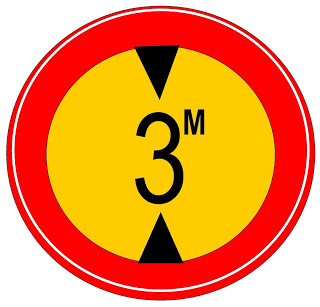
This sign applies to all vehicles as it is a height warning and shows the height restriction that applies to the road ahead, indicated by the above and below triangular shapes.
Speed Limit
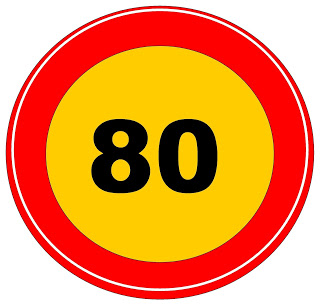
Speed limits are generally indicated on a traffic sign reflecting the maximum permitted; it is expressed as kilometres per hour (km/h) or miles per hour (mph).
De-restriction sign
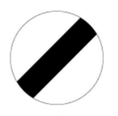
This sign is a circular white with a black diagonal band signifying the lifting of any other speed restriction.
No motorcycles sign

It indicates that motorcycles are not permitted in the area.
No tricycle sign
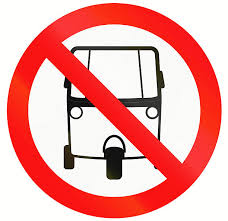
It indicates that tricycles are not authorized in the area.
No pedestrians or bicycles sign
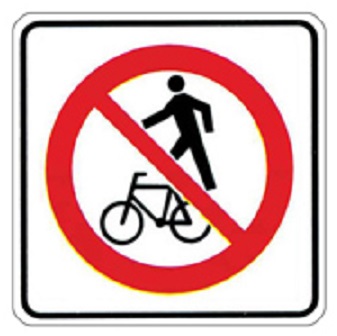
Pedestrians and bicycles are not permitted but may be allowed on a footpath.
No Horn sign

Sounding your horn is not allowed for vehicles in some areas, most commonly in school zones, villages, or near hospitals or churches.
ALSO READ: Driving Barefoot is not illegal in Nigeria but here is why you should not
REGULATORY ROAD SIGNS (Mandatory)
One-way traffic sign
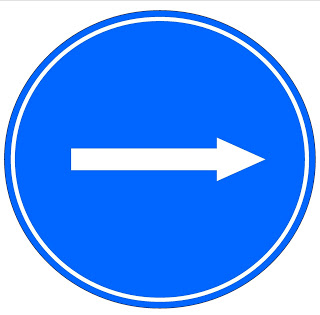
The one-way traffic sign is a regulatory sign. Drivers encountering a one-way sign must travel in the direction that the sign is pointing. One-way signs designate the direction in which traffic is travelling. Drivers must not travel in the opposite direction of the one-way sign due to the risk of a head-on collision.
Diversion sign
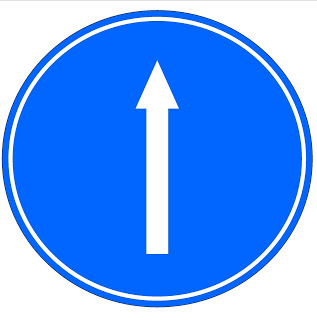
This sign points to an emergency diversion route that guides traffic around the closed section, bringing it back onto the same road further along its length.
End Diversion
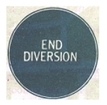
This sign informs the road user of the end of the emergency diversion route.
Roundabout Sign
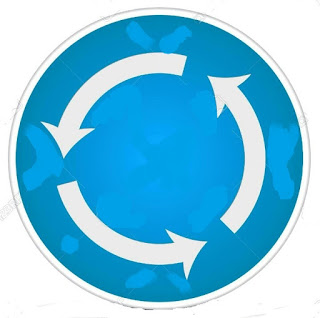
The sign advises that you are approaching a roundabout.
Compulsory Cycle Track Sign
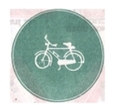
This sign indicated the route cyclist must take. Cycle lane road signs are essential to cyclists, pedestrians, and motorists.
Pedestrian Track Sign
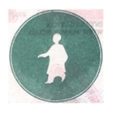
This sign informs you of a pedestrian track.
Divided 2-Lanes 2-Way Ahead Sign
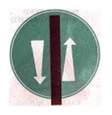
This sign indicates that two traffic lanes are separated ahead.
2-Lanes 2-Way Ahead Sign
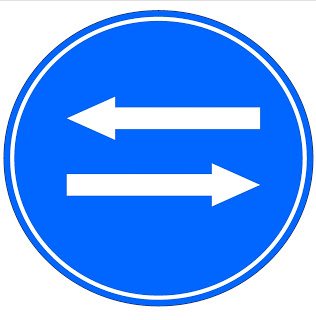
This sign indicates that two traffic lanes are not separated ahead.
4-Lanes Undivided 2-Way Ahead
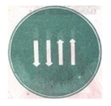
This sign informs the road user that there are four lanes undivided for both directions of traffic.
Divided 4-Lanes 2-Way Ahead
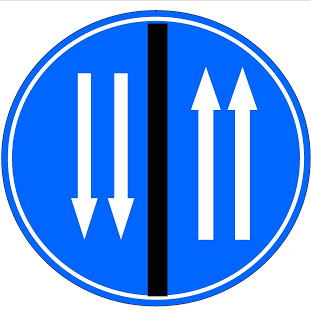
This sign informs the road user that four lanes are divided for both traffic directions.
Stop Sign
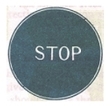
This sign informs the road user to stop or slow down for temporary traffic control.
Speed Limit (Minimum) sign

This sign informs the road user of the minimum speed limit in the area.
ALSO READ: Popular Cars Nicknames in Nigeria you should know
WARNING ROAD SIGNS
Railway Level Crossing with Gate
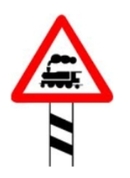
This sign warns of approaching a level crossing with a gate. A level crossing is an intersection where a railway line crosses a road or path, or in rare situations, an airport runway, at the same level.
Railway Level Crossing without Gate
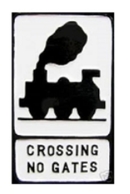
This sign warns you are approaching a level crossing without a gate.
Supplementary Intermediate Level Crossing signs or Countdown sign

This sign indicates that there is a countdown for the level crossing.
General Caution Sign
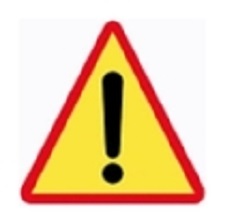
A warning sign is a type of sign which indicates a potential hazard, obstacle or condition requiring special attention. Some traffic signs indicate road hazards that may not be readily apparent to a driver.
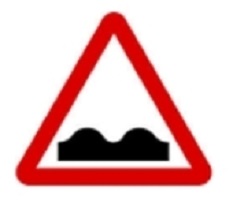
‘Y’ Junction Sign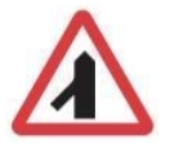
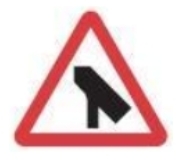
This sign informs you that a three-way junction (or three-way intersection)is ahead. A Y junction (or Y intersection) generally has three arms of equal size.
T Junction
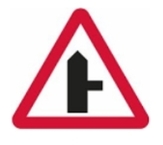
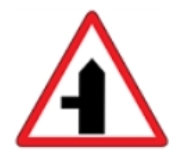
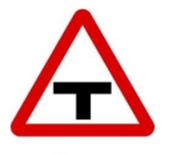
This sign also informs you that a three-way junction ahead. A T junction (or T intersection) also has three arms, but one of the arms is generally a minor road connecting to a larger road.
Carriageway Narrows
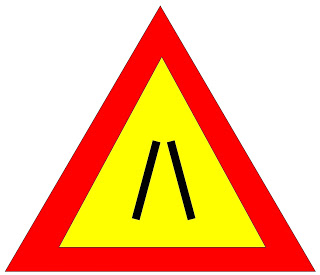
This sign informs that the road will narrow, i.e. reduce in width ahead. The road narrows sign is used where a road with one lane gets narrower on both sides enough to potentially be dangerous.
Carriageway Widens
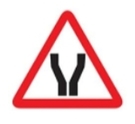
This show that the road will increase in width ahead.
Narrow Bridge
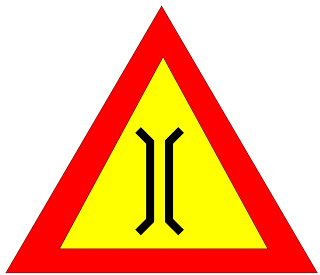
This sign indicates a narrow bridge is approaching, and the driver needs to slow down and watch out for oncoming vehicles.
Pedestrian crossing
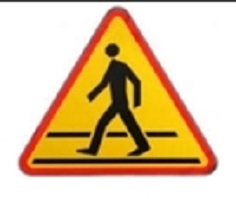
This sign informs you that you are legally required to give way to pedestrians, especially at crossings.
Children crossing sign
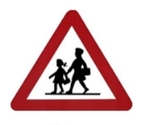
This sign informs the road user that children might be crossing, so you can slow down and watch out.
Beware of animals sign
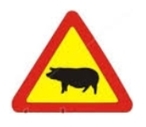
This sign advises the driver to be careful as animals might wander onto the road.
Road work sign
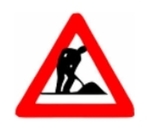
This sign informs road users to slow down and be careful as there is construction/work on the road ahead.
Give way
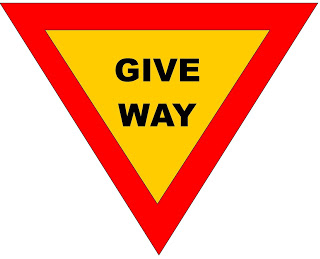
This sign directs you to give way to any vehicle entering or approaching the intersection from your right. If you turn right, you must give way to oncoming vehicles going straight through the intersection or turning left.
Crossroad sign
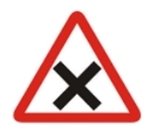
The sign informs you of an intersection of two or more roads ahead.
Long Grade Dangerous hill
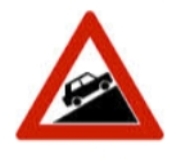
This sign indicates that there is a dangerous hill ahead.
Dangerous right bend sign
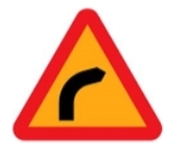
The sign indicates a dangerous right bend in the road ahead.
Dangerous left bend sign
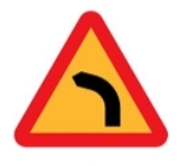
The sign indicates a dangerous left bend in the road ahead.
Roundabout
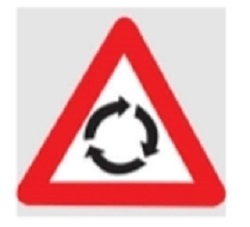
The sign advises that you are approaching a roundabout.
Slippery When Wet traffic sign
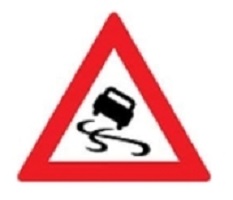
This sign indicates that the roadway may be especially slick and hazardous when it is wet or raining, and motorists should take extra caution when driving.
Falling Rock sign
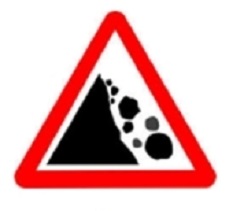
The sign indicates a risk of falling or falling rocks onto the junction from either side; its variants show whether they may fall from the right or the Left.
Uneven Road sign

This sign warns you of an uneven road ahead. It might have multiple severe bumps and general uneven surfaces that could throw your vehicle off its line, so slow down. Vehicles with low suspension could be at risk of scraping the road surface.
Loose Chippings
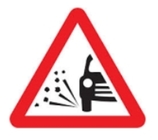
Loose chippings are loose gravel or stone fragments on a road surface and form a hazard to vehicles using that road. It may come from the road’s chip seal.
INFORMATIVE ROAD SIGNS
As stated earlier, they are usually rectangular and provide guidance information.
Informative signs inform of specific places, road conditions, road construction sites or speed limits for particular areas. They are self-explanatory.
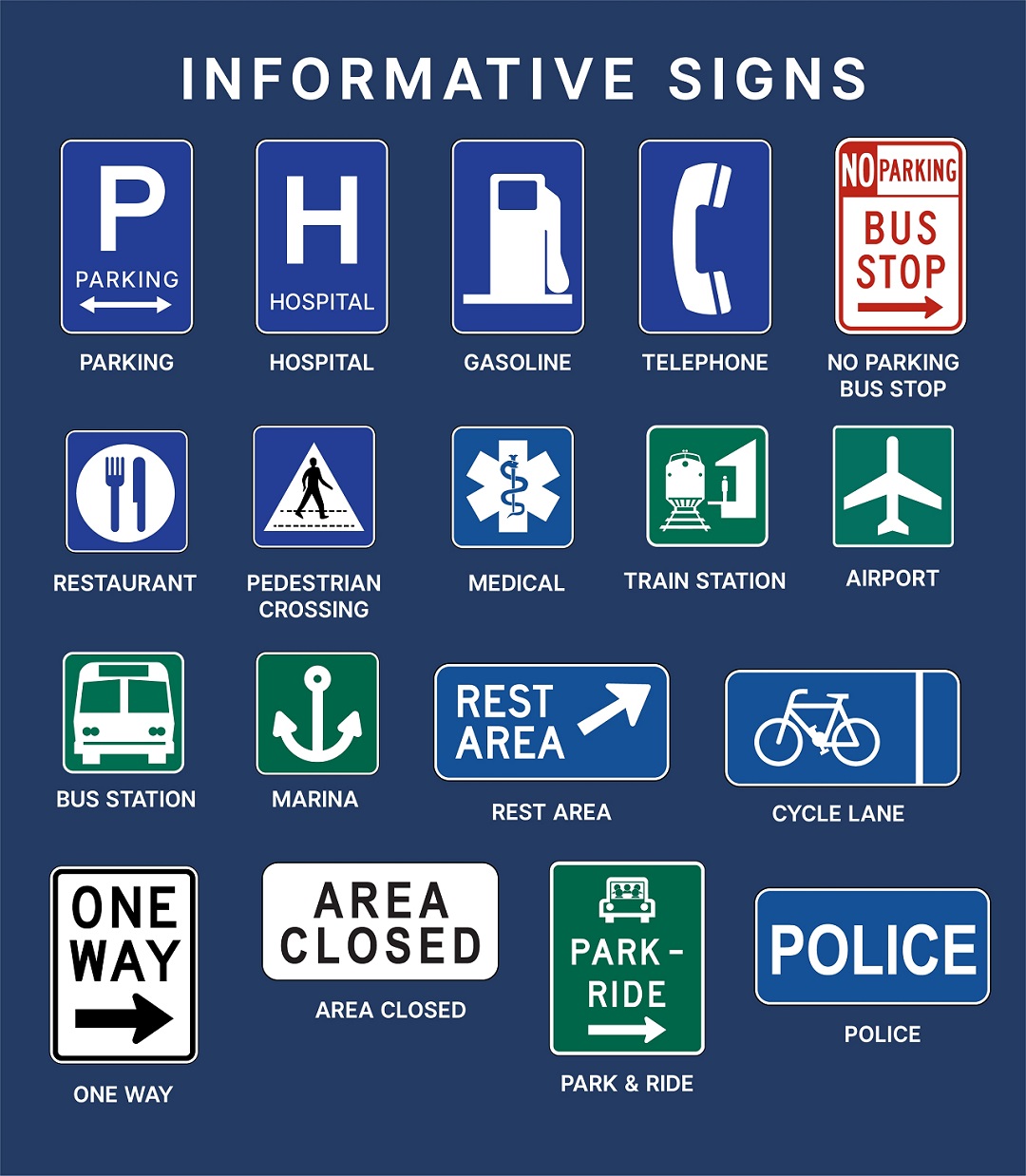
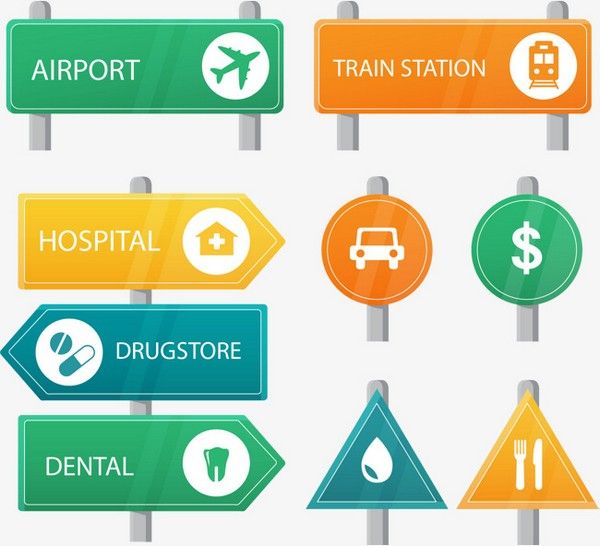
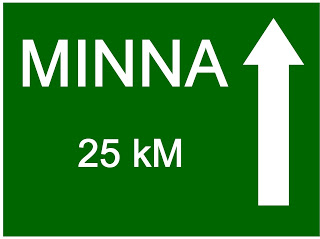
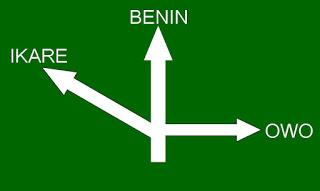
References:
-
http://www.highwaycode.com.ng/iv-information-signs.html
-
https://www.driverseducationusa.com/resources/regulatory-signs/
-
https://structville.com/2016/09/nigeria-road-traffic-signs-and-their-meanings-information-and-pictures.html

